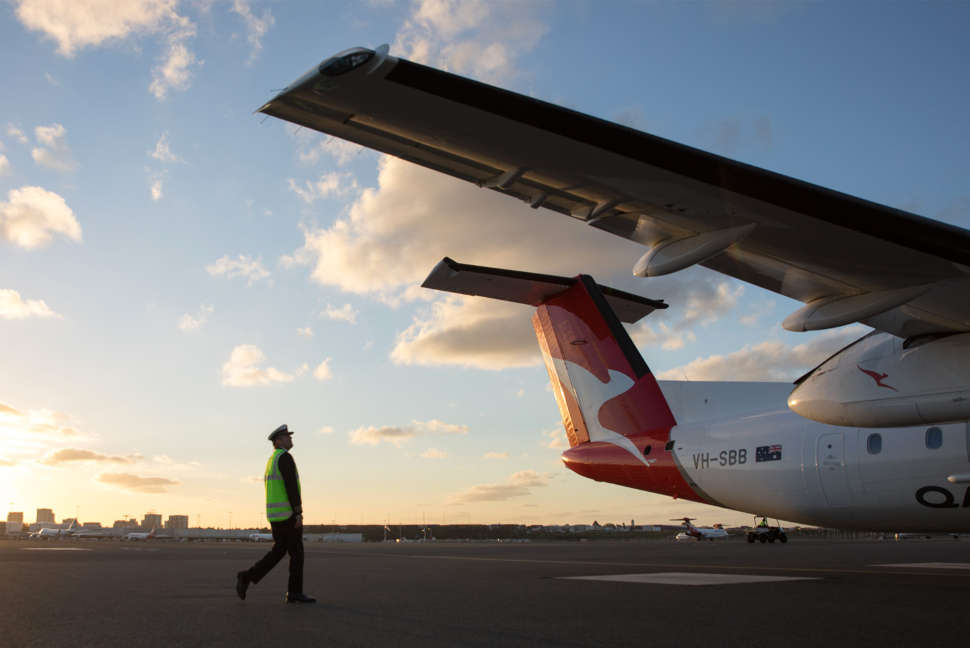Eurobodalla’s rural road network has been set back about a decade following seven natural disasters in 15 months.
Council’s director of infrastructure services, Warren Sharpe OAM, said floods in March were Eurobodalla’s sixth natural disaster since the Black Summer bushfires, wreaking havoc across 490km of the local road network, including 405km of the shire’s unsealed roads.
“The combination of disasters has really taken a toll on our rural roads, and with the last flood, we now have more serious land slips and longitudinal cracking in sections of our road network,” he said.
“Some of these repairs are in extremely difficult terrain, and especially those on the downhill side of roads, will be very challenging and time consuming to fix.
“We really feel for the people in these more remote areas of our shire, as they’re now faced with serious challenges in accessing their properties, getting produce to market and being able to rebuild following the bushfires.
“We know they need our help and we’ve engaged technical specialists and are working with Transport for NSW and Resilience NSW to develop solutions, secure the funding and get the recovery works complete.”
Council teams have already completed more than $11.8m worth of response and recovery works since January 2020, yet Mr Sharpe said the repeated disasters and extensive additional damage meant there were “many challenges yet to be tackled”.
Mr Sharpe said Araluen Road was one of those challenges. A landslip about 23 kilometres west of Moruya closed the road in November. An alternate route for residents has been established around the slip while a permanent solution is found.
“The last flood saw even more rock and debris fall onto the roadway at the slip site,” Mr Sharpe said. “Simply clearing the material off the road is not an option as the risk of further slips is unacceptably high.
“We’re working with Transport for NSW and Resilience NSW to develop a safer and more resilient solution and secure the funding needed.
“The feasibility of two options is being investigated; removing the fallen debris and undertaking major slope stabilisation reinforcement works, or designing and constructing an alternative route around the landslip.
“We are prioritising this work but both options are complex given the steep terrain, proximity of the river, land tenure and instability issues.
“In the meantime, we continue to maintain and repair the alternate resident-only access and write to impacted residents to provide regular updates,” Mr Sharpe said.
Meanwhile, the Council’s work to replace the shire’s 19 fire and flood damaged bridges continues.
“We’ve already replaced or repaired 13 of 19 damaged bridges, including building 11 new concrete structures and temporary reinstatement of another four.
“Belimbla and Sitters Ditch bridges on Belowra Road are currently under construction. We already have the designs and bridge components for McGregors Creek and Kennys Creek bridge rebuilds on Araluen Road, however, construction has been delayed until the access issues have been resolved.”
Mr Sharpe said the remaining two bridges destroyed by the bushfires, Murphy Bridge and Old Bolaro Creek Bridge, were expected to commence in the second half of this year. Murphy Bridge is the largest destroyed bridge to be replaced as it crosses the main Tuross River.
“Road access to the highway is currently available to properties on both sides of the river,” Mr Sharpe said.
“We are currently calling quotations for the supply of the bridge components and then for the design of foundations and installation of the bridge. We aim to complete these two bridges by late 2021.”
For comprehensive information about each of the bridge projects, including before, during and after photos, visit Council’s restoring access web pages.






